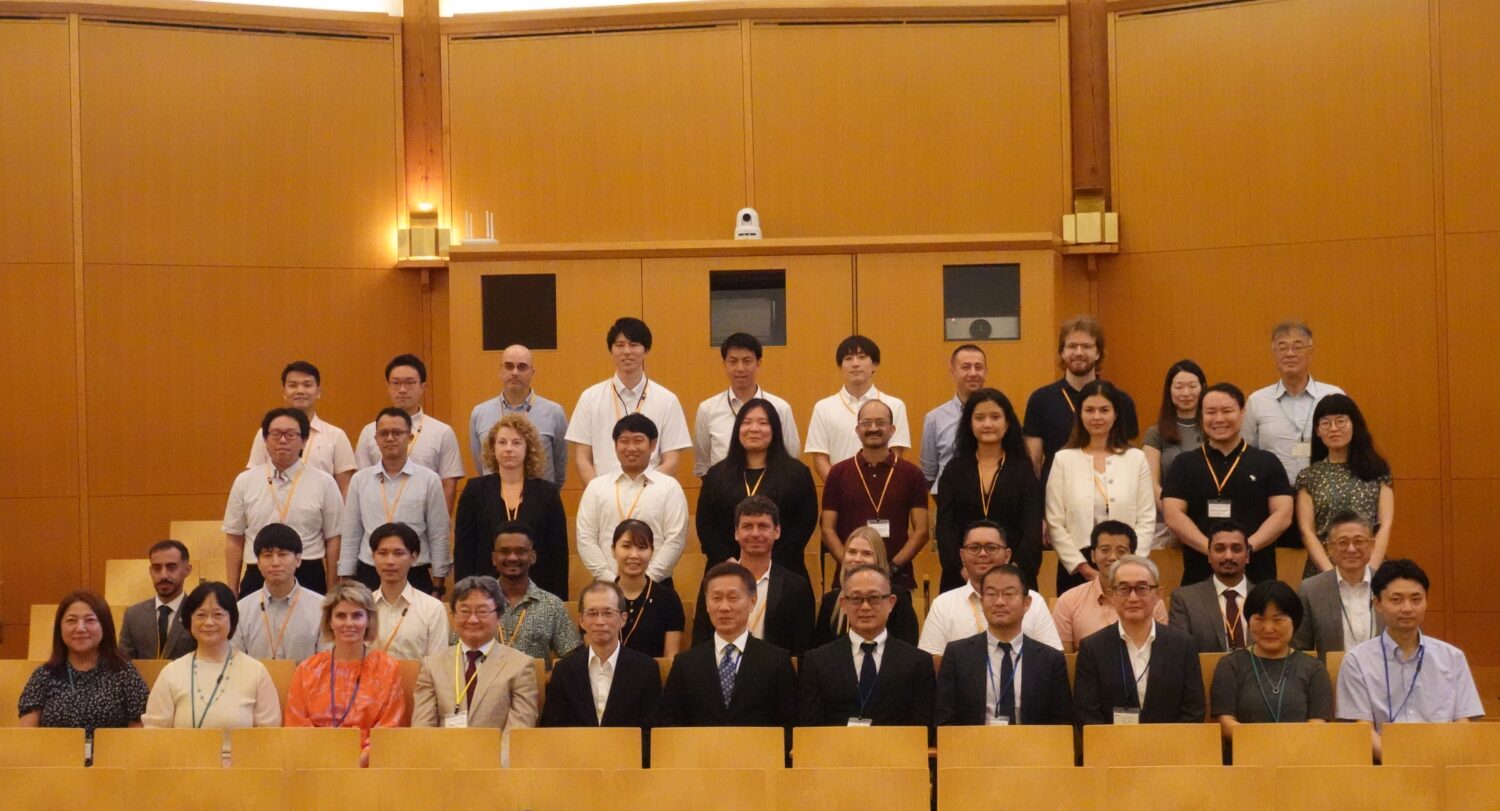The increase overwhelmingly stems from countries outside the Organisation for Economic Co-operation and Development (OECD). The combined increases of China (1,213Mtoe), India (939Mtoe) and the Association of Southeast Asian Nations (ASEAN) (728Mtoe)—all non-OECD—will reach 2,879Mtoe, equivalent to more than six years’ worth of Japan’s current consumption.
The huge new demand will be met primarily by fossil fuels, mainly natural gas and oil, which, IEEJ says, will still provide 78 percent of humanity’s energy in 2040. As a result of increasing oil consumption and diversifying uses for natural gas, coal consumption is declining globally, yet in ASEAN, dependence on coal is on the rise. IEEJ thus sends a note of warning, suggesting that more practical measures for climate change issues are required.
Power consumption will continue to increase worldwide, remarkably so in non-OECD countries. The greatest increases to 2040 will be seen, in order, in China, India, the United States, the EU and Indonesia. It is predicted that China will remain the world’s largest power consumer, with India third after the United States, exceeding the EU and Japan.
As for nuclear power, electricity from that source will increase from 2,535TWh in 2014 to 4,357TWh in 2040, while its percentage of total global electricity generation will be unchanged from the current level of eleven percent. Installed capacity will decrease in eight countries and regions, including Germany and Japan, but will nevertheless grow from 399GW in 2015 to 612GW in 2040 as a result of introduction of nuclear power in fourteen countries and construction and expansion in eighteen.
In its outlook for future energy supply and demand, IEEJ focuses on ASEAN as the driving force behind rising global demand in the next three decades and more, as a result of economic growth and increasing populations in its member countries. IEEJ is particularly concerned about the sharp rise in power demand, increasing dependence on coal, and a shift to energy-importer status for the region by 2030.
When it comes to nuclear power in Southeast Asia, a total of 16GW of capacity will be introduced in Thailand, Vietnam, Indonesia and Malaysia from 2025 and thereafter, but will still account for only four percent of the region’s power-source composition in 2040.
Analysis shows that primary energy consumption in ASEAN will increase from 624Mtoe in 2014 to 1,352Mtoe in 2040, growing three percent annually. Its dependence on fossil fuels, meanwhile, will increase from 74 percent in 2014 to 77 percent in 2040. Lastly, its consumption of coal, oil and natural gas will be higher by factors of 3.5, 1.9 and 2.0, respectively, in 2040, compared with levels in 2014.















